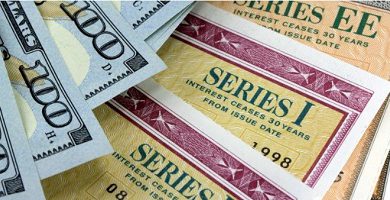What is abstract art?
We explain what abstract art is and what was the origin of this artistic expression. In addition, its characteristics and classification.
-
What is abstract art?
We call abstract art a style of the expression of plastic arts ( painting and sculpture) mainly, which instead of representing concrete and recognizable figures from the real world (as figurative art does), proposes a different reality through its own language and independent of shapes, colors and lines .
In other words, abstract art uses forms and perspectives that are not a copy of reality , if they are governed by the rules of the apparently logical, but rather much more free and innovative works are proposed, whose interpretation is the responsibility of the viewer.
This style s urged at the beginning of the 20th century and lasts until today, having great exhibitors such as painters Vasili Kandinski, Robert Deaunay, Kazmir Málevich, Piet Mondrian, Mark Rothko, Jackson Pollock, Jesús Soto, Carlos Cruz-Diez, Gerhard Richter or Joan Miro. In addition, the sculptors Marcel Duchamp, Aexander Calder and Jean Arp.
Many abstractionists had connection with music, considering it as the goal of their particular artistic process, since music produces an aesthetic effect through the abstraction of the sound of musical notes, which does not mimic any concrete reality .
The abstractionists sought to leave behind the recognizable kingdom of forms and pursue “pure art . “
-
Origin of abstract art
The first abstract painter considered as such was the Lithuanian Mikalojus Konstantinas Čiurlionis, whose first abstract works date from 1904 and who also ventured into sculpture .
But it would be the Russian Vasili Kandinski who would establish the foundations of abstractionism as a coherent, modern and international artistic movement , through what he called “lyrical abstraction” between 1910 and 1912.
Various and simultaneous artistic explorations around a “pure art” in Russia, France and later Germany and the United States would be added to this movement.
-
Characteristics of abstract art

Although abstract art encompasses a significant number of trends, proposals and styles, its characteristics can be summarized in:
- A great awareness of shapes and colors , used at will to escape concrete reality.
- Abstract sculptures rely on the principle of three-dimensionality and geometry, sometimes giving color prominence.
- Abstract paintings propose their own language of form, color and line whose rules belong to the artist.
- Abstract works require the viewer to approach them in an intuitive, less traditional way.
- Abstract art broke with the need to represent concrete objects, accommodating the most diffuse thoughts and mental notions.
-
Types of abstract art
Abstract art can be classified according to the trends that mark its style, in:
- Curvy . Characterized by curved lines, which intertwine, trace spirals or other semicircular shapes, such as knots or triskele or triskelion.
- Chromatic- visual . Works in which the visual impact from color predominates, in a more or less chaotic or orderly manner (sequential, for example).
- Geométrico . Derived from the Cubism inaugurated by Picasso, it aspires to geometric forms as its own language of the work, and that is why it prefers mathematical forms .
- Intuitional . A trend without visible or recognizable patterns, which challenges the viewer and requires him to approach the work from intuition and sensitivity, not logic .
- Gestural . Lucky hybrid between abstractionism and expressionism , emphasizes the stroke and brushstroke, that is, in the same way in which the work was composed, to achieve the desired abstraction.
- Minimalist . A return to the simple, to the little, to the absence in the painting. It can occur with one or two colors, a simple form or various approaches that are just minimal, never overloaded or baroque.





